Can pet dogs and cats get diabetes? What can I do if I get it?
First of all, it should be popularized that insulin, which is used by us human beings to lower blood sugar, was extracted by the great scientist Banting and his assistants in 1921, and since then the treatment of diabetes has entered a new era. Banting was awarded the Nobel Prize in 1922 for the discovery and extraction of insulin.
Before human insulin was produced in large quantities, the animal insulin used by our diabetic friends was extracted from the pancreas of pigs and cows, so animals played a major role in the development of diabetes drugs.
This shows that dogs and cats, which are also mammals as well as humans, have pancreas and their pancreas secretes insulin with the same glucose-lowering effect, and if the pancreas function is impaired, then these animals will also suffer from diabetes.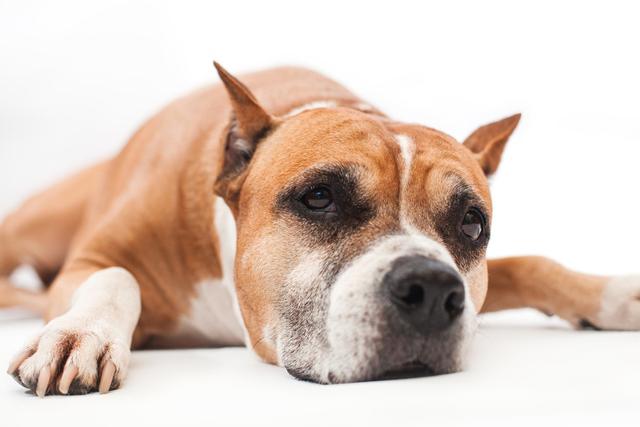
Banting then found that dogs with their pancreas removed excreted very high levels of sugar in their urine. In modern research, our scientists have bred animal models such as mice, rabbits, etc. to develop diabetes in different ways, and many of our hypoglycemic drugs and treatments have been tested on these animal models before being applied to humans.
So cats, dogs and other mammals can develop diabetes, and except for situations such as artificial destruction of the pancreas that allows experimental animals to develop diabetes for research purposes, many animals get diabetes for the same reasons that we humans do, and it is caused by their lifestyle. Since these animals were domesticated to become domesticated animals and pets. Lack of the previous starvation, running around the wild life, began to enjoy the comfort of domesticated, pampered days, think about it, it is not the same as some of our lives, the same after thousands of years of genetic evolution process, will also appear insulin resistance, the same with the pathophysiological basis of diabetes, diabetes occurs.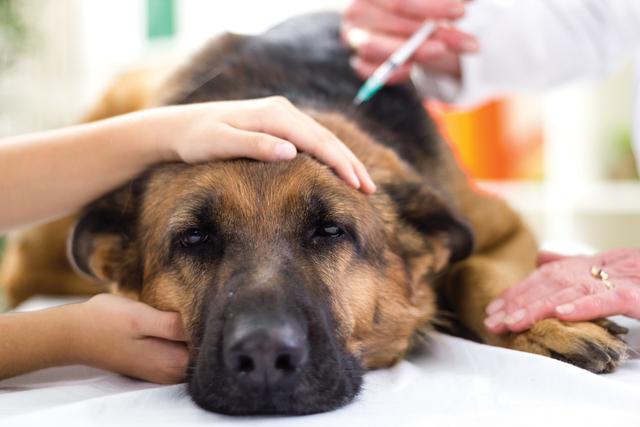
It can be inferred from the papers of scientists developing hypoglycemic drugs that oral hypoglycemic drugs can be used to treat diabetes in pets, but of course insulin is a better choice, and the appropriate amount will be determined by careful observation of the dog or cat. No normal values for blood sugar in dogs and cats have been seen, and it may not be too easy to measure blood sugar in furry children. But if careful, I think urine sugar test strips should be a better choice. You can determine the dosage of medication based on the urine sugar.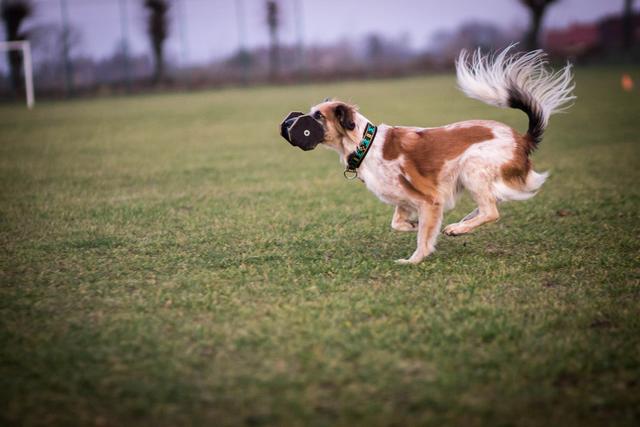
Since obesity is the cause of diabetes in dogs and cats, like diabetes in humans, lifestyle changes are a better basic treatment, reducing a high-fat diet and getting dogs and cats moving, running and jumping more, restoring its active nature, may be the best way to treat diabetes in pets.
Dr. Sun does not have cats and dogs, the above answer is based on the history of the development of diabetes, the history of treatment and related literature to answer, you shovelers have any different views, welcome to leave a message below to exchange!
Seeing the cat owner from the fat and strong lovely appearance, gradually become thin, every day non-stop eating and drinking, no longer grow meat, vitality gradually, shoveling officer is not very anxious, in fact, this is all diabetes in the work.
So, what is diabetes in dogs and cats?
First, my answer to the subject's question is that dogs and cats do get diabetes!
A leading U.S. study reports that the incidence of diabetes in dogs is now as high as 1%, and the number of diabetic dogs and cats seen at my veterinary hospital is rising every year.
Next, I will answer this question in detail from the causes, symptoms, diagnosis, treatment and prevention of diabetes in dogs and cats, and I hope it can help you to make all the knowledge related to diabetes in dogs and cats clear, so that you can use it when you have dogs and cats.
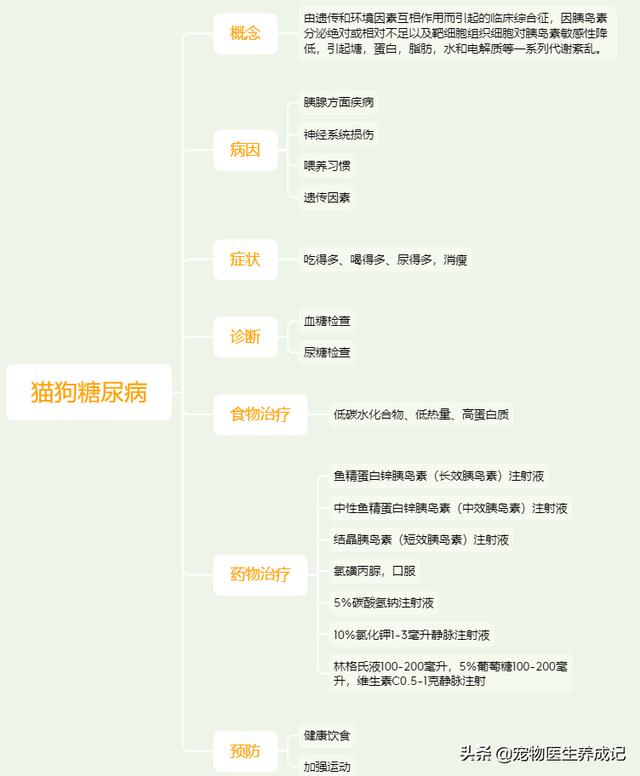
Secondly, I would like to start by explaining what diabetes is.
Diabetes mellitus is a group of clinical syndromes caused by the interaction of genetic and environmental factors. A series of metabolic disorders, including sugar, protein, fat, water and electrolytes, are caused by absolute or relative insufficiency of insulin secretion and reduced insulin sensitivity of target cell tissues.
In layman's terms, after dogs and cats have digested what they eat, the sugar in the food will follow the blood into the cells to provide energy to the cells and complete a nutrient delivery process. However, when sugar enters the cells, it needs the help of a substance, which is insulin, secreted by the pancreas. Without the help of insulin, sugar can not enter the cells, in that case, sugar will accumulate in the blood, blood sugar will become high, high to a certain extent, sugar will follow the urine out of the body. Therefore, we often say that diabetes, in fact, as the name suggests, is excreted urine, the sugar content is particularly high.
Thirdly, what harm is brought about by the fact that sugar follows urine out of the body in large quantities? First of all, sugar does not enter the cells, the cells do not have nutrients to moisturize, the body will lose vitality, so, whether it is a person, or dogs and cats, once suffering from diabetes for a period of time, they will lose weight. Secondly, when sugar is excreted in the urine, a large amount of water is also lost, which may lead to dehydration in severe cases. Third, what are the dangers associated with diabetes? Diabetes has many complications that can affect the eyes (cataracts), limbs (severe muscle atrophy that prevents standing), kidneys, and more. Many dogs and cats die from complications after developing diabetes.
Fourth, why do dogs and cats get diabetes? There are several causes of diabetes:

1, chronic pancreatitis, pancreatic atrophy, pancreatic tumors, pancreatic injury and other aspects of the disease, may lead to insufficient insulin secretion.
2, Neurological injuries such as concussions, brain hemorrhages and brain tumors can also cause diabetes.
3, cat food dog food single, feed too many carbohydrates, resulting in obesity in dogs and cats, too much liver fat, glycogen storage difficulties, and ultimately lead to diabetes.
4, Genetic reasons, like humans, diabetes in dogs and cats is partly due to genetics.
What can I do if my dog or cat has diabetes?
I will answer this question by describing the classification, symptoms, diagnosis and medication of diabetes.
1. Classification and symptoms of diabetes
- Type I: insulin-dependent diabetes mellitus, this category of dogs and cats of any age may develop, clinically characterized by the pet to eat more, drink more water, and then urinate frequently, rapid emaciation , there is a tendency to ketoacidosis occurs, dependent on insulin therapy to maintain life.
- Type II: Non-insulin-dependent diabetes mellitus, which usually develops in dogs and cats over the age of 7 years, and occasionally in young dogs and cats. Most dogs and cats have a slow onset of the disease, with relatively mild or absent clinical signs. There is no tendency to ketoacidosis, but ketoacidosis or hyperosmolar coma can occur under certain triggers.
No matter which type of diabetes, because of the lack of insulin, the cells can not get sugar from the blood, so the body will break down proteins, and fats, used to make up for the lack of sugar, which will directly lead to the cat and dog thin; at the same time, the high sugar content of the urine will lead to an excess of water being inhaled into the urine, the cat and dog urinate more frequently, a large amount of urine out, which in turn leads to the dehydration and thirst of the cat and dog. Therefore, in the daily shoveling officer if you find your cat or dog, appetite is very good, eat a lot, and then also especially like to drink water, while frequent urination, but the weight is decreasing, then there is a high probability that there is diabetes. In addition to looking at the frequency of eating and drinking and urination, if the shoveler finds that when the cat or dog urinates, he can smell a special aroma , like the smell of rotten apples, it should be quite serious. It is best to conduct a blood sugar test immediately.
2. Differential diagnosis of diabetes
The general diagnosis of diabetes is more commonly made with a blood glucose test and a urine glucose test.
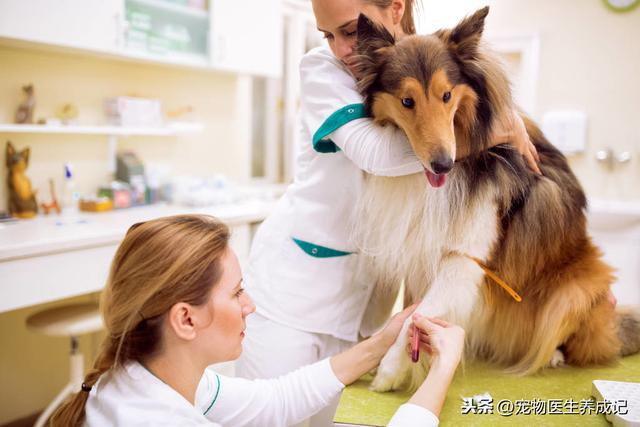
Blood sugar check:
- Normal fasting blood glucose values in dogs are 3.61-6.55 mmol/L;
- Normal fasting blood glucose values in cats are 3.89-6.11 mmol/L;
- The diagnosis of diabetes is confirmed by a morning fasting venous blood test if the blood glucose value is higher than 8.4 mM/L.
Urine sugar test:
The main test is to check the amount of sugar in the urine and is usually done in the morning. Use the morning urine of cats and dogs to do urinalysis. The specific gravity of urine of diabetic dogs and cats is usually higher than normal, and then the urine does not contain inflammatory cells and red blood cells, of course, the most important, is that the urine sugar should be positive, which is the most important basis for confirmation of the diagnosis.
Of course, in addition to diabetes, in fact, hereditary nephrogenic uroglycemia also has urinary glucose, and dogs and cats suffering from this disease, also eat more, drink more, urinate more, only, the blood sugar is normal.
Therefore, the combination of blood glucose and urine glucose monitoring results can accurately determine whether diabetes is really diabetes.
3. Treatment of diabetes

The treatment of diabetes is generally divided into two types, one is dietary treatment and the other is medication. However, before starting these treatments, it is best for the pooper scooper to master basic care skills. These skills include: knowledge of diabetes in dogs and cats, knowledge of diabetes treatment ideas, knowledge of diabetes treatment control, learning to measure blood glucose, and learning to use a convenient blood glucose meter. Why do shovelers need to know this, because diabetes treatment for dogs and cats is a long process, it is not like a broken bone, a bit of surgery, the bone is connected, recuperate for a few months, and the cat or dog can be alive and well again. To be honest, diabetes is almost incurable, only long-term control of blood sugar can prolong the life of cats and dogs and improve their quality of life. Therefore, owners learn how to take care of it, not only to improve the quality of care, but also to save a lot of money. For example, learning to measure their own blood sugar and urine sugar can save a lot of money on going to the hospital. You can also save a lot of money if you learn how to give your dog or cat shots and administer insulin yourself.
Next we talk about dietary treatment. Every day, you should feed high-protein, low-calorie and low-carbohydrate food, which simply means more meat for cats and dogs and less rice and noodles for them. Of course, nowadays there are quite a few prescription foods for diabetic cats and dogs, so if the owner is too lazy to cook for the cat or dog by himself, he can just use the prescription food directly.

In addition to dietary control, medication is also needed for pets that are more severely ill. Here are some common medications for the treatment of diabetes in dogs and cats, hopefully this will help the pooper scooper to understand.
- Zinc Fish Albumin Insulin (Long Acting Insulin) Injection: 0.5-1 unit/kg body weight for dogs, 3-5 units/dose for cats, subcutaneous injection, 1x/day, to lower blood glucose.
- Neutral fisetin zinc insulin (intermediate-acting insulin) injection: 0.5-1 unit/kg body weight in dogs, 3-5 units/dose in cats, subcutaneous injection, 1x/day, to lower blood glucose.
- Crystalline insulin (short-acting insulin) injection: 0.1 unit/kg body weight, intravenously or in small intramuscular doses, 1 unit up to 3 kg body weight, 2 units up to 10 kg body weight.
- Chlorosulfonylpropylurea, 2-5 mg/kg body weight, orally, 1 time/day, hypoglycemic. Interactions with other drugs may occur when treated with sulfonylureas. Some drugs, such as sulfonamides and prednisone, may enhance the hypoglycemic effect of sulfonylureas by reducing sulfonylurea binding to plasma proteins through attenuating gluconeogenesis, decreasing hepatic metabolism and renal excretion of the drug, and other mechanisms. Some other drugs such as furosemide, glucocorticoids inhibit the release of insulin, antagonize the action of insulin, promote the degradation of sulfonylureas in the liver, etc., which can reduce the hypoglycemic effect of sulfonylureas.
- 5% sodium bicarbonate injection, 10-20 mL IV to relieve acidosis. Supplementation of sodium bicarbonate too much too fast can have adverse effects. Due to the ability of carbon dioxide diffusion through the blood-brain barrier faster than bicarbonate, rapid supplementation of alkali, blood PH rose, while the cerebrospinal fluid PH is still acidic, causing cerebral cell toxicity, aggravating coma. Therefore, the supplementation of alkali should be cautious, without obvious acidosis and large respiratory state, can not supplement alkali for the time being. In the course of treatment, blood gas status should be monitored in time, and acid-base balance should be adjusted in time.
- 10% Potassium Chloride 1-3 ml IV solution to prevent hypokalemia. Insulin promotes the entry of potassium ions into the cells, thus aggravating the state of potassium deficiency; therefore, the state of potassium ions should be attended to during diabetes treatment; high or low potassium is detrimental to the organism.
- Ringer's solution 100-200 ml, 5% dextrose 100-200 ml, and vitamin C 0.5-1 g intravenously. Glucose solution could not be given at the beginning of treatment because the blood glucose was already high, and only when the blood glucose was reduced to about 7 mol/L was it switched to 5% dextrose and short-acting insulin was added to the dextrose.
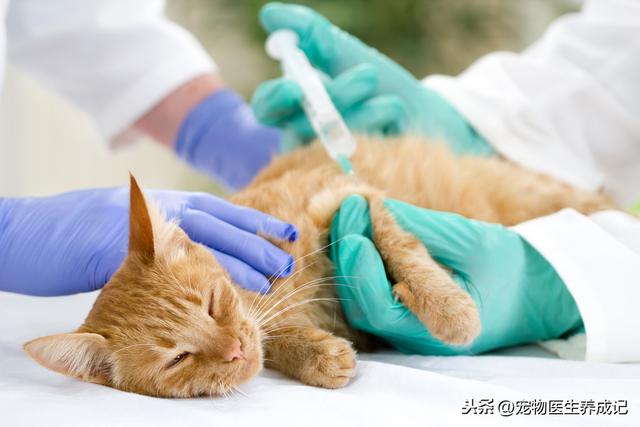
In fact, for the treatment of diabetes, there are a lot of solutions, generally according to the specific situation of the cat and dog to drug, the above is commonly used in some of the treatment and dosage, but the treatment is not a solo process, is a set of combinations of punches, so the specific to be used with how to really depend on the extent of the disease and individual differences in the cat and dog.
Prevention of diabetes
Pet dogs and cats have become important members of many families, and their health touches the heart of every pooper scooper. And diabetes, a long-term disease, can not be treated overnight, once the onset of diabetes, it will cost the pooper scooper a lot of energy, of course, but also cost a lot of money, in addition to this , the pet itself in the blood transfusion, injections, medication to live, is also very painful. Therefore, prevention is very important.
By going back to the causes of diabetes, it is easy to get ways to prevent this disease:
- The diet should be high in protein and low in carbohydrates, and the cat itself is a carnivore, so it's best to avoid feeding too much rice and noodles, and when you buy cat food, you should pay more attention to the nutritional composition of the cat food.
- Exercise more. One of the very effective ways to keep dogs and cats from becoming too obese is to exercise.
- Pay more attention to the safety of your dog or cat and don't give it a chance to get injured, it's also a shame to bring on diabetes due to damage to the nerves.
- Regular checkups. As with people, regular medical checkups allow for early detection and treatment for optimal treatment time.
Finally, I would like to say that diabetes is not a terminal disease, if your dog or cat really has the disease, do not worry too much, learn about diabetes, scientific feeding, scientific treatment, the health of the fur children will improve. Many diabetic cats and dogs after the disease, in the shoveling officer's careful care, but also can live for many years. If your dog or cat is in a similar situation, or you are also concerned about this issue, welcome to leave a message to exchange.
I am a pet doctor, a national licensed veterinarian, and the pooper scooper of two cats, daily like to write about the health of cats and dogs, share treatment cases, and occasionally sunshine my family's fat cats, like cats and dogs, friends, welcome to follow me.
Thanks for the invitation!
I don't have a dog, I have a cat, so all I can say is that cats can really get diabetes!
I believe that many pooper scoopers want to make their own cats a little fat, fat cat naive look is enough to please, and the big meow also admitted that the chubby cat jerked up the feel is very good, but the big meow has mentioned before, the cat weight is too fat but it will cause some diseases Oh ~ such as high blood pressure, cardiac hypertrophy, and so on, these diseases at any time in the threat to the safety of the cat's life, of course, in addition to these, cats overweight will also suffer from diabetes, just like people! Of course, in addition to this, cats can also suffer from diabetes, just like people! Yes, you read that right!
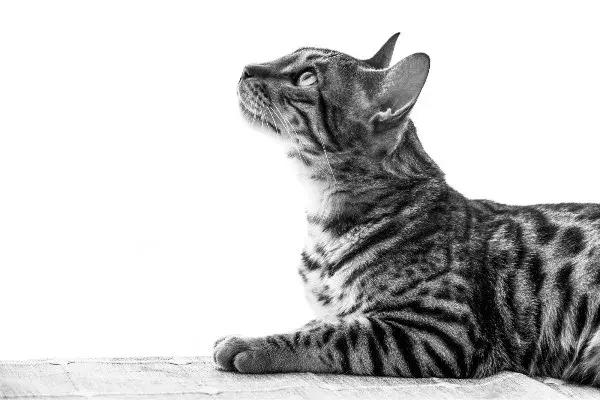
What exactly is cat diabetes?
Feline diabetes mellitus (Diabetes mellitus) is a disease caused by insufficient production of insulin in cats or poor cellular response to insulin. In 80-95% of the cases of feline diabetes mellitus, the cat is type 2 diabetes mellitus (the body is not sensitive enough to insulin), but as the cat's condition progresses, the pancreas is damaged, resulting in insufficient insulin secretion, and the cat may develop type 1 feline diabetes mellitus.
Feline diabetes can develop in cats no matter what age they are, but older or obese cats are more likely to develop the disease!
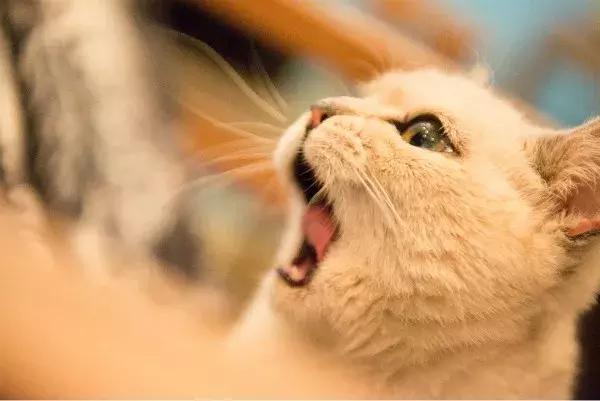
We all know that cats are a very stoic animal, although the sick will have the same abnormal performance as people, but in the early days when the disease is not very obvious, shoveling officers often can not see their own cats are sick, wait until the discovery of the time, often the condition has entered a more serious and dangerous period!
So, if your cat is experiencing any of the following, then it's important to be on your guard! Because he is most likely in the early stages of the disease!
1. Cats are often thirsty, with a sudden and unusual increase in water intake and increased urination.
2. Appetite is very good and the amount of food increases, but there is a substantial weight loss.
3. There is a lack of mental energy and a significant drop in activity.
4. The cat's hair loses its luster and even shows a fluffy state.
5. Difficulty in walking, presenting a metatarsal walk (walking on the hocks with the feet and toes), and difficulty in jumping and climbing.
If the above situation occurs, the pooper scooper must pay attention, and never search the Internet for any cat disease tips and tricks! Rush to the hospital! The doctor's word is the one you should trust the most! Only timely treatment can save your little baby!

If after the vet's examination, found that the cat has suffered from cat diabetes, shoveling officers should not panic, believe the doctor at the same time we as shoveling officers, but also to do a good job in the daily care of cats!
There are generally several ways we can help cat care to alleviate the condition:
1, water: be sure to ensure a 24-hour supply of clean water for cats, sick cats will have a higher demand for water, and as the cat grows older the body will be weaker and weaker, so the water source should also be as close as possible to the cat's activities. If possible, consider placing cat water sources in multiple locations in your home!
2, food: at this time, shovelers must not feed cats dry food with grains, you can feed a small amount of grain-free dry food to cats. After the cat suffers from feline diabetes, the gastrointestinal condition is extremely unstable, so chicken breast is the most stable staple food! If pooper scoopers want to formulate a more nutritious diet for their cats, it is recommended to discuss with your doctor before making a decision!
3, urinary pads and diapers: with the development of feline diabetes and the complication of some syndromes, cats often develop nerve endings paralysis of the hind limbs. Lack of water is fatal for cats suffering from diabetes, but a large amount of water plus nerve paralysis problems, cats are prone to urinary incontinence, so urinary pads and cat diapers are essential items!
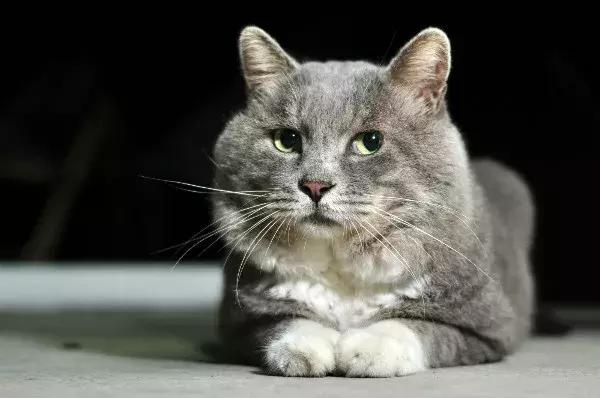
Cat diabetes is actually a chronic disease, so shoveling babies must remain patient in the care of sick cats and follow medical advice to the letter!
In fact, once a cat suffers from diabetes, it is a very physically and mentally exhausting thing for both the cat itself and the pooper scooper! However, according to relevant information, 20% of cats will be more fortunate, and their blood sugar will be controlled within a stable range after treatment, which is also known as "temporary cat diabetes". So don't give up, pooper scoopers!
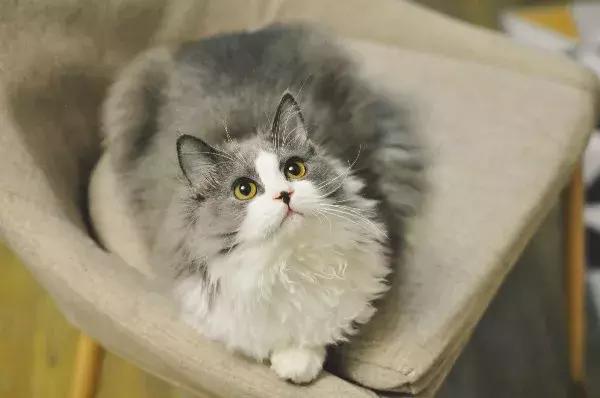
Although this sentence has been said many times by Big Meow, I still want to say it again today. No matter what kind of situation a cat encounters, or what kind of disease it suffers from, as pooper scoopers, all we can give them is firmness and companionship! No matter what happens, at least for this moment, we are by our cat's side, after all, you are all they have!
Hello, I am pet lover Pei. I'm a small pet store operator in Wuhan and also a quality pet creator on headlines, I'm happy to answer your question. Please take a cup of milk tea to read through the answer to this question.
I am here to tell you in no uncertain terms that pet dogs and cats can get diabetes. Although I am not a veterinarian, I tell you with my many years of experience in raising pet dogs and cats that pet dogs and cats can get diabetes. As society continues to develop, the number of humans who get diabetes is increasing, and now there are also many some older (seven years old and above) pet dogs and cats who also get diabetes.
Confirming the Diagnosis - How do you know for sure that your pet dog or cat has diabetes?
Just like people, dogs and cats with diabetes will show these symptoms: larger meals, more water, more urine, and less weight.If your pet dog or cat enters old age (more than seven years old) and develops these symptoms, you can take your pet dog or cat to the veterinary hospital to confirm whether it is diabetes.
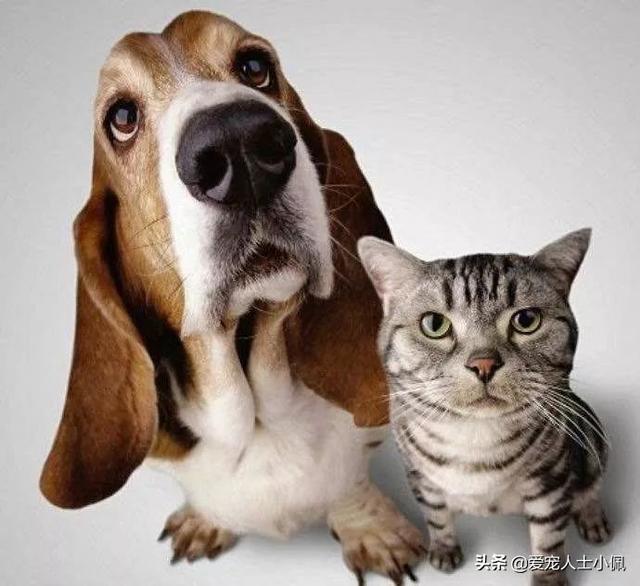
Diabetes in dogs and cats is also divided into two categories:
Type 1 diabetes: It is a congenital disease, also known as juvenile diabetes.
Type 2 Diabetes Mellitus: is an acquired disease i.e. an acquired factor, caused by the dog's dependence on insulin, also known as insulin-dependent diabetes mellitus. This condition usually occurs in older dogs and cats (between 7-10 years of age).
Confirmation of diagnosis and treatment with medication
Once a pet dog or cat is diagnosed with diabetes, it needs to be tested for blood sugar and treated daily in addition.Treatment is long, costly, and time-consuming. The average ordinary pet dogs and cats can not afford it.Therefore, I recommend that the average average family with a pet dog or cat take their pet dog or cat to a veterinary hospital for the first time to confirm the diagnosis and then give the dog or cat at home with medication specific to pet dogs and cats for the treatment of diabetes. Here I recommendAngel Glucagon

Because the pet cat and dog test blood glucose meter, I do not know whether it is expensive or not, it is recommended that families with pet cats and dogs can buy a cat and dog special test blood glucose meter in the veterinary hospital if they are in a position to do so.

If the average regular pet dog or cat family I would suggest just taking glucose-lowering medication and going to the vet regularly for rechecks.
These are my answers to the question Can pet dogs and cats get diabetes? If you get the disease how to deal with the answer. Diagnosed after the general ordinary pet cat and dog families adhere to the use of hypoglycemic drugs regularly go to the vet hospital for review, the conditions of pet cat and dog families can buy a pet cat and dog special blood glucose detector, also need to adhere to the use of hypoglycemic drugs regularly go to the vet hospital for review.
Hit follow if you think my answer can help you!

Pet ownership quizzes are all@Pet Lover PeiFirst published in Wukong Q&A prohibits others from reproducing it!
You'll always be our fur baby! I'll care for you better when you're old and no longer lively and beautiful! When you're too old to walk I'll push you in a stroller! When you're too old to lose your teeth I'll cook you soft food! When you're old and blind I'll lead you on slow walks! ...... Thank you for being there for me with a lifetime of loyalty!


You can get diabetes just like anyone else, you have to take hypoglycemic pills, insulin, and eat a low glycemic diet.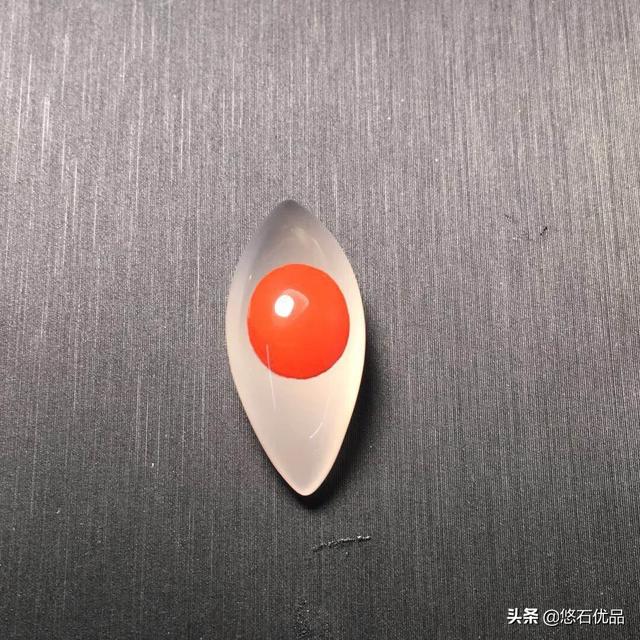
It's not just humans, cats can be stricken with diabetes too! If you get it, you can deal with it in the following ways:
1 Choose prescription food cat food can choose diabetic prescription food, delay the emptying of gastrointestinal tract contents, reduce postprandial blood glucose value.
2 Refusal of snacks is generally not recommended to feed snacks to sick cats to avoid a sudden rise in blood sugar.
3 Timing and quality feeding, feeding multiple meals at regular intervals to ensure the quality of food, so that the cat can have a balanced energy intake, this method is also applicable to obese cats, which is conducive to weight loss. This method is also applicable to obese cats and is helpful for weight loss. If the cat is allowed to eat freely, the pooper scooper should pay attention to the eating pattern and control the energy intake.
4 Moderate exercise is an indispensable part of the treatment of diabetes in cats. Exercise can increase blood flow or lymphatic fluid flow in cats, thus accelerating the process of insulin metabolism and lowering blood glucose. For cats, 10 minutes of exercise per day can promote weight loss, but excessive exercise may lead to hypoglycemia, so care should be taken to ensure glucose supply.
Whether a pet dog or cat will get diabetes is not determined by the dog or cat, but by the owner of the dog or cat. If the owner provides the dog with the same diet as a diabetic, the dog will get diabetes.
Simple-minded feeding. Take medicine.
Dogs and cats can get diabetes.
Symptoms: Abnormal increase in the amount of water drunk and urination; the cat will easily become very hungry and will keep begging for food; the cat will be severely dehydrated due to excessive drinking and urination; when the hyperglycemic state persists, followed by metabolic disorders such as ketoacidosis, the cat will become non-feeding, sleepy, and lose weight and vomit, and in severe cases, it may even result in death.
Treatment: subcutaneous insulin injections; infusion therapy; treatment of complications; dietary therapy; home care.
This question and answer are from the site users, does not represent the position of the site, such as infringement, please contact the administrator to delete.